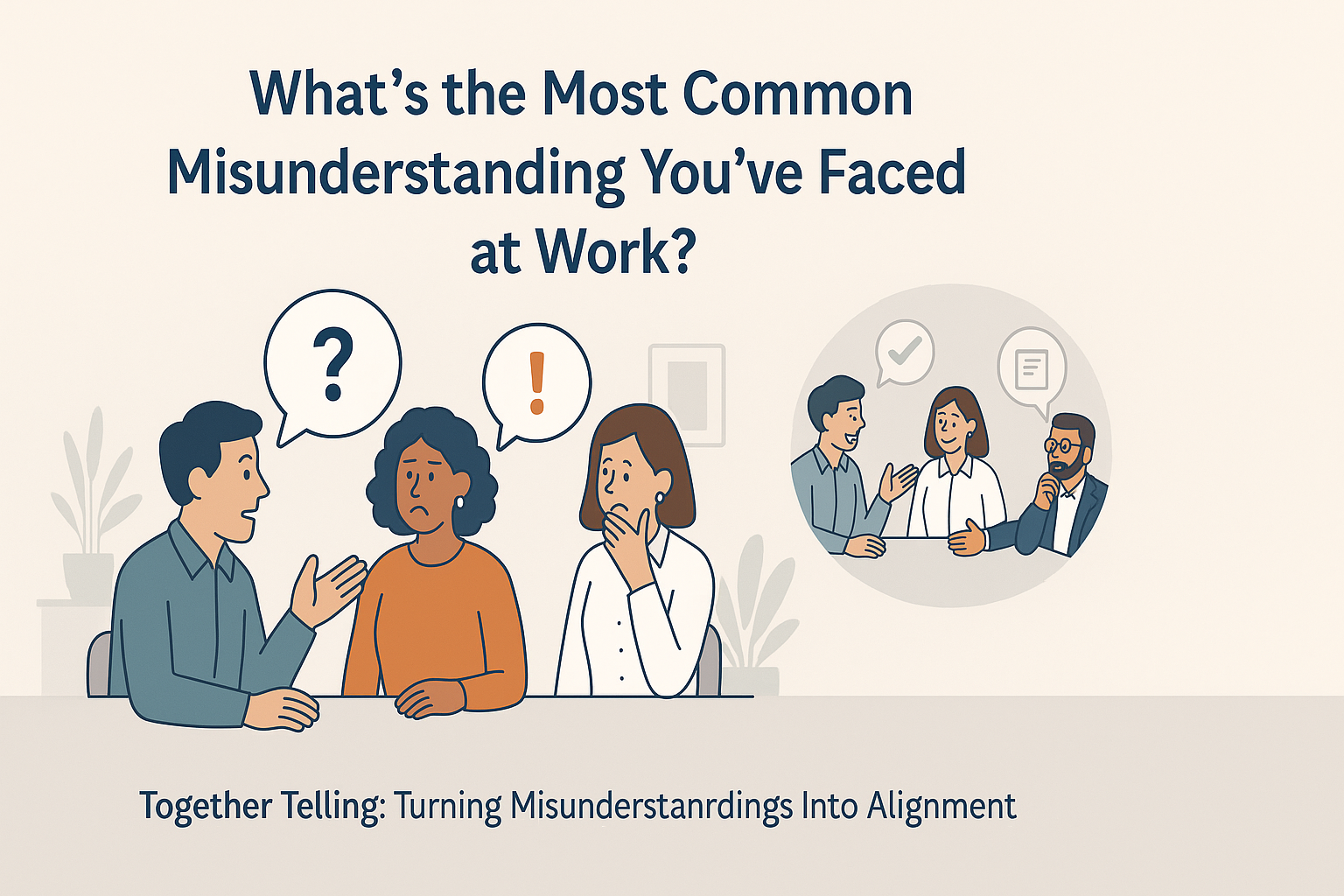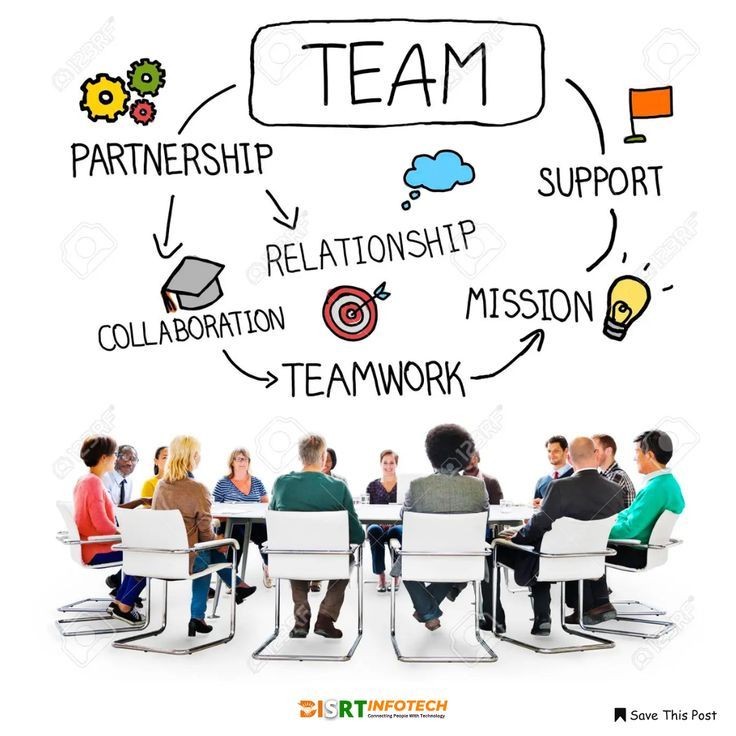
Every workplace has that moment—the email that sparks unnecessary panic, the meeting where everyone nods but walks away with a different interpretation, or the project where half the team thought “next Friday” meant this week and the other half thought it was next week. Ah, the joys of workplace misunderstandings.
It’s not that people don’t care. It’s that communication, especially in fast-paced environments, is rife with potential landmines. Misunderstandings waste time, frustrate teams, and make “simple” tasks unnecessarily complicated.
So, what are the most common culprits? And more importantly, how do we fix them before Karen from Accounting sends another passive-aggressive email?
Common Workplace Misunderstandings (And Why They Happen More Than We Admit)

1. Misinterpretation of Tone in Emails
“Per my last email…”
We’ve all read that line and felt personally attacked. The truth? Maybe the sender just meant it as a friendly reminder, but tone is notoriously hard to read through text.
Why does it happen?
Lack of vocal tone, facial expression, or body language.
People read messages based on their current mood (if they’re annoyed, it sounds hostile).
Overuse of formal language can come across as condescending.
Fix it: Encourage teams to default to clarity and kindness in written communication. When in doubt, pick up the phone or hop on a quick call.
2. Ambiguous Job Roles and Responsibilities
“Wait… wasn’t that your job?”
When job roles aren’t crystal clear, you get duplicated work, missed deadlines, and the classic workplace finger-pointing.
Why does it happen?
Poor onboarding and role definition.
Projects evolve, but responsibilities don’t.
Assumptions like “Everyone knows who handles that.”
Fix it:
Create clear role documents.
Regularly review and update responsibilities.
Use task management tools so everyone knows who owns what.

3. Miscommunication Between Departments
Sales promises something Marketing didn’t know about. Operations delivered something Product wasn’t aligned with. Sound familiar?
Why does it happen?
Teams work in silos.
Different priorities and KPIs create conflicting goals.
Lack of regular cross-department communication.
Fix it:
Schedule regular alignment meetings.
Create shared goals that require collaboration.
Use collaborative platforms for updates that everyone can see.
How Together Telling Resolves Workplace Misunderstandings (Because “Assuming” is Costing You Money)
At Together Telling, we’re all about transforming communication from an obstacle course to a clear path.

1. Conducting Team Communication Assessments
We diagnose where your team is dropping the ball with communication:
Anonymous surveys to surface hidden issues.
Workshops that expose gaps in understanding.
Real-time feedback loops so teams fix problems before they snowball.
Result: Teams stop guessing what others mean and start asking.
2. Providing Training on Clear Messaging Techniques
We don’t just point out the problems—we give your team tools to fix them:
Teach neutral, clear language that reduces emotional triggers.
Train on active listening skills (yes, really listening, not just waiting to talk).
Build habits like recap emails that confirm mutual understanding.
Result: Fewer “I thought you meant” moments. More “Glad we’re on the same page.”

Final Thoughts: Communication is a Skill, Not an Assumption
Most workplace misunderstandings don’t happen because people are lazy or careless—they happen because we assume communication is happening when it’s not.
The good news? With the right training, systems, and a little humor (because let’s face it, sometimes you have to laugh), teams can drastically reduce misunderstandings and get back to doing what they do best.
Backlink Source:
Gallup: Workplace Miscommunication

